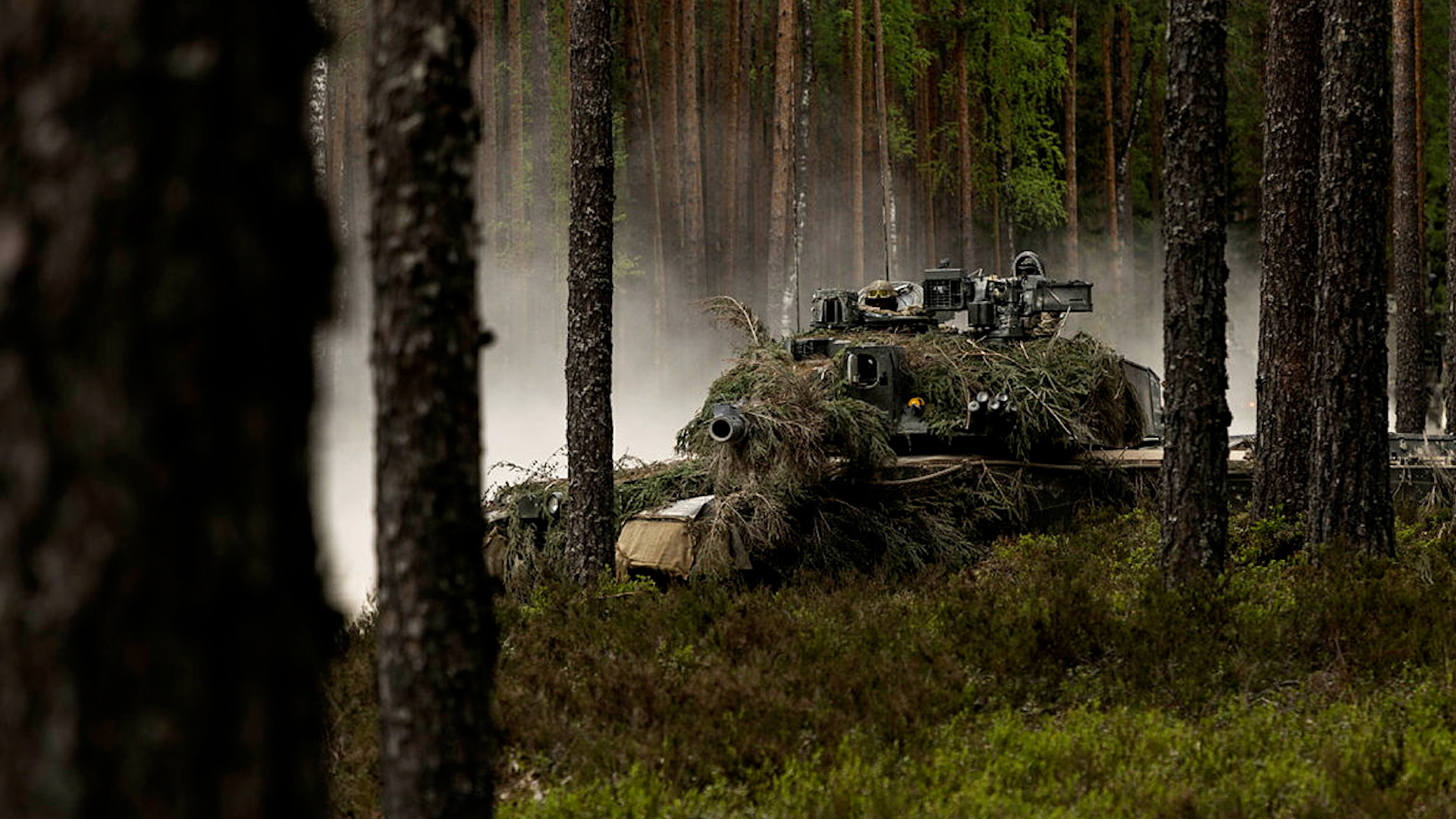
In pictures: Nineteen British military vehicle variants set to be scrapped by 2030

Up to 19 different British military vehicle variants are to be scrapped, according to the Ministry of Defence (MOD).
Some of the military hardware earmarked for the scrapheap has seen action right across the globe, taking part in Nato operations in the High North to the Deep South and everywhere in between.
Responding to written questions, Defence Procurement Minister James Cartlidge said the Army vehicles and aircraft are to be removed from service by 2030.
- First British Army units to receive Boxer vehicles revealed
- Ukraine: What can UK's self-propelled AS90 howitzers offer?
- Household Cavalry puts Ajax variants to the test in harsh -36°C temperatures
He did go on to say that "on current plans it should be recognised that a number of new platforms and families of vehicles are being introduced such as the New Medium Helicopter, the Boxer family, the Ajax family and the Light Protected Mobility Platform family".
The 19 British military vehicles that won't see out the decade:

Land-Rover (including WMIK/RWMIK variants)
It has been a sturdy servant of the Armed Forces for more than 70 years.
The Land-Rover has been a vital part of the British Army since it first came into service in 1949.
The vehicle's simplicity has been a big part of its longevity in service – something that can be fixed easily and is not too complicated.
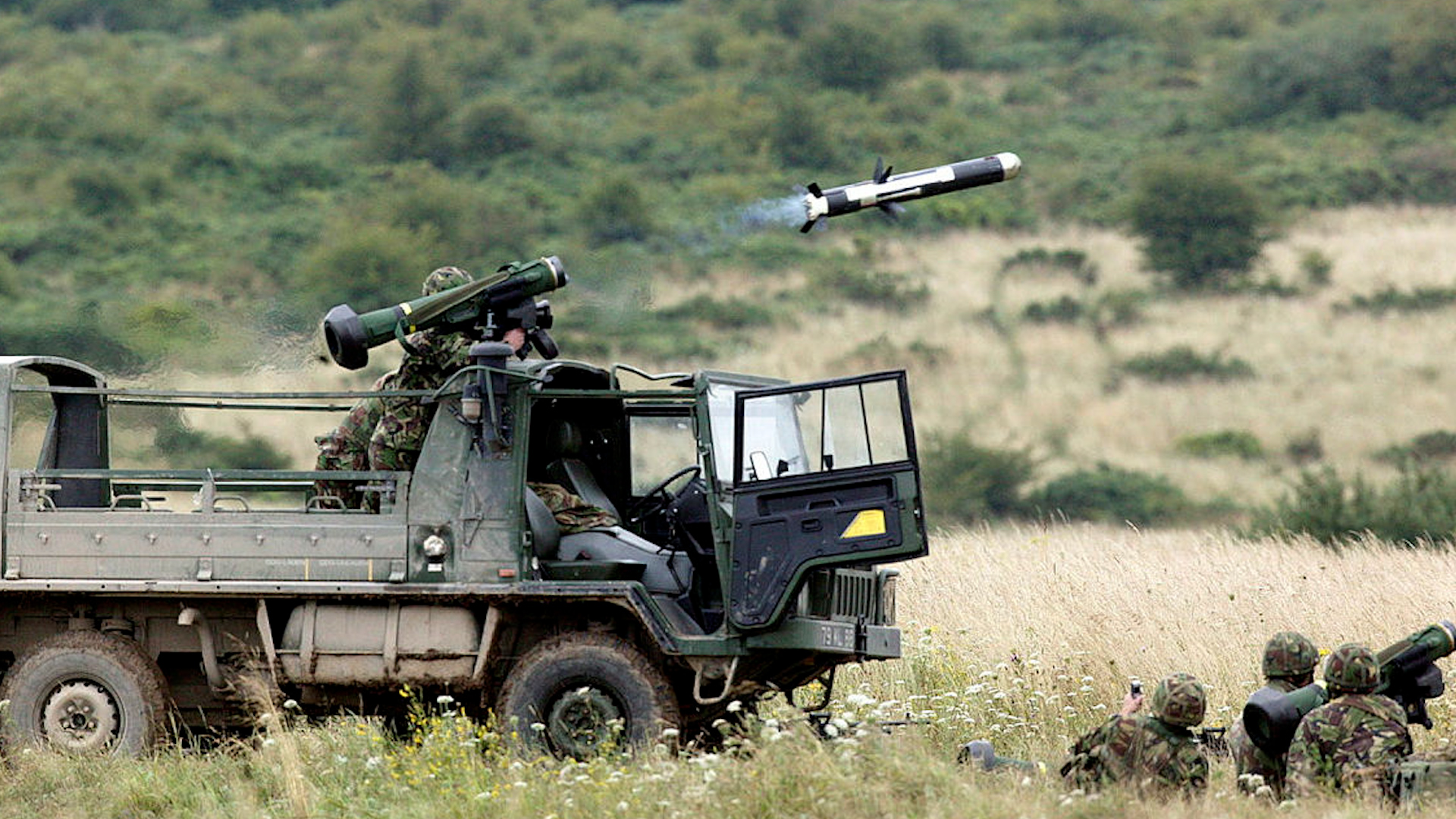
Pinzgauer
A High-Mobility All-Terrain Vehicle, which can be either four or six-wheeled and is often used to tow artillery such as the L118 Light Gun.
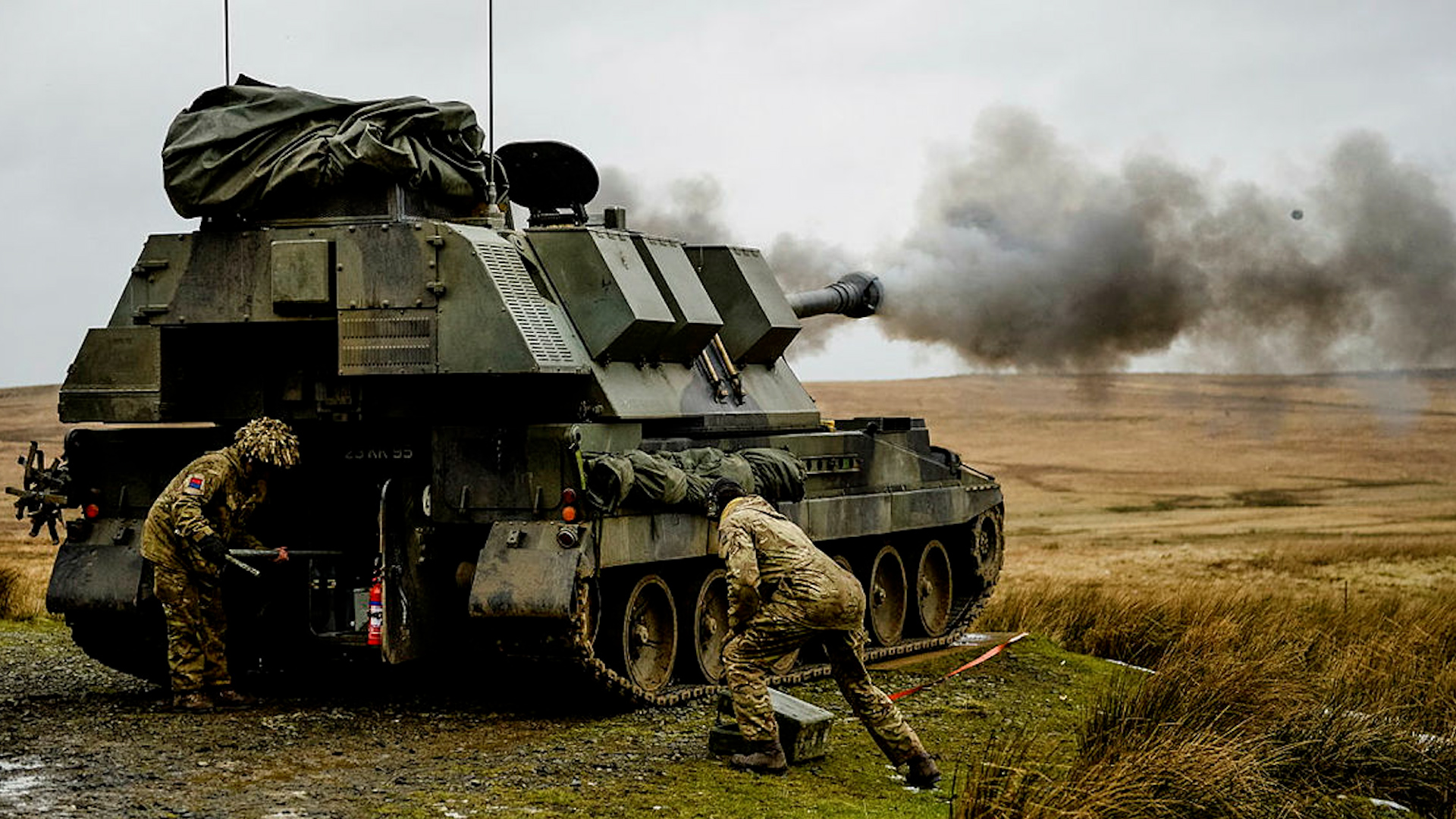
AS90 self-propelled gun
The AS90 self-propelled gun entered service with the British Army in the 1990s.
It is fitted with a 155mm, 39-calibre gun barrel and, according to the Army, in trials, two AS90 guns were able to deliver a total payload of 261kg onto a single target in less than 10 seconds.
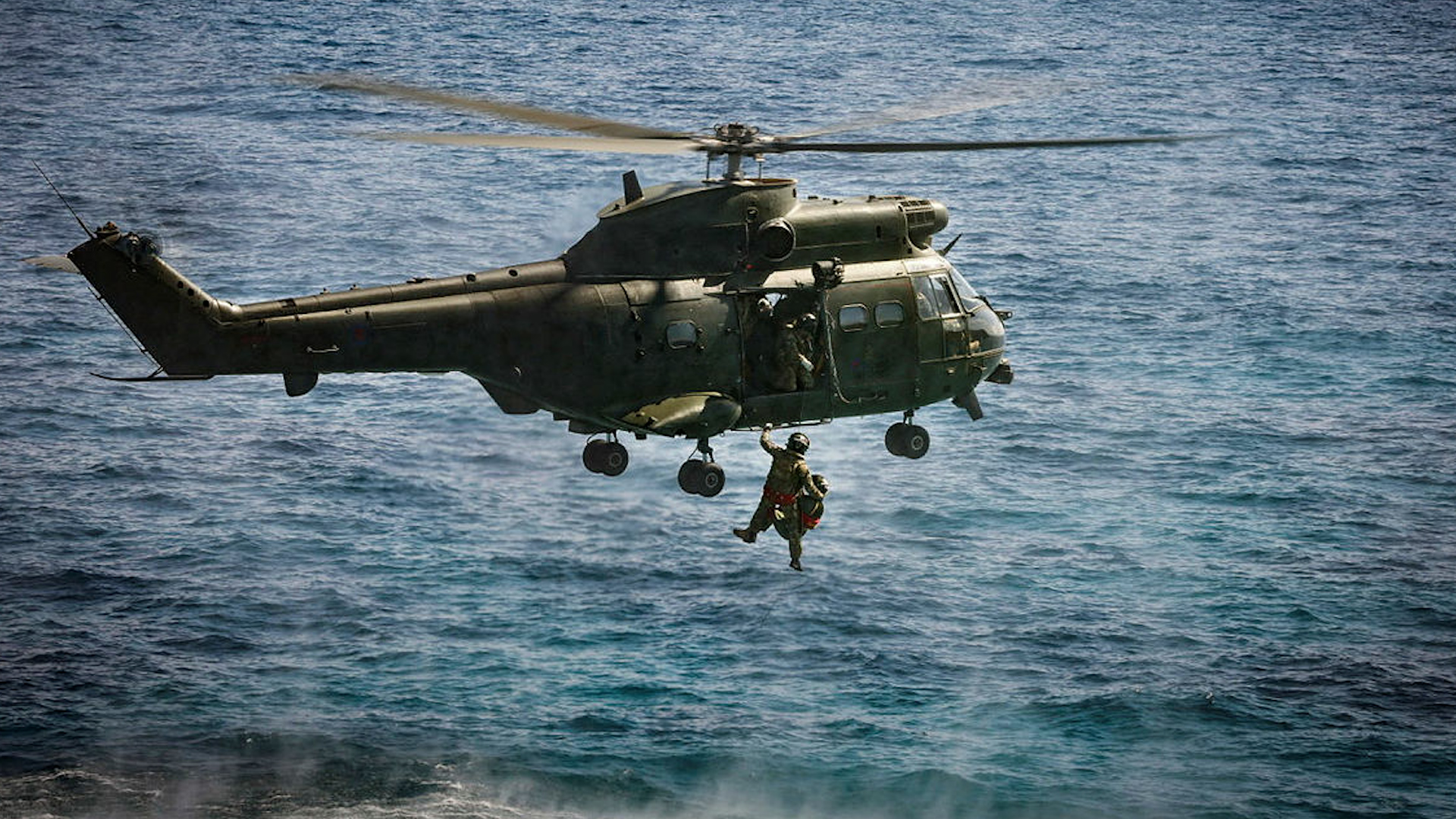
Puma
First delivered on 29 January 1971, the medium-lift support helicopters have flown combat and humanitarian operations around the world, deployed in places including Northern Ireland, Bosnia, Kosovo, Iraq, Afghanistan, Mozambique and the Caribbean.
Pumas can transport up to 16 passengers, 12 fully equipped troops, or two tonnes of cargo, making the aircraft highly suitable for humanitarian and disaster relief operations.
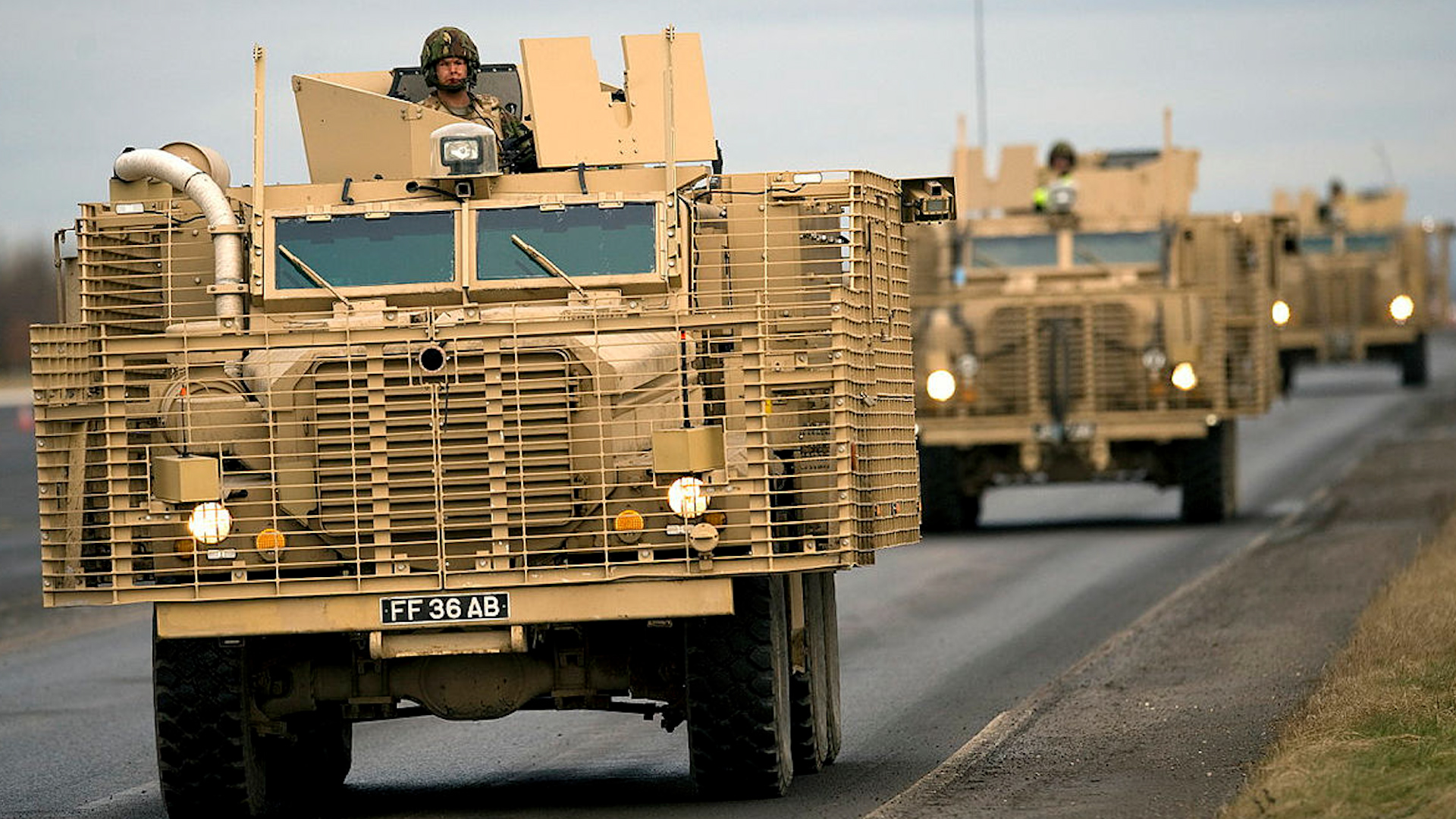
Mastiff
The Mastiff fleet was bought specifically for UK operations in Afghanistan but has remained in service.
In 2015, the Ministry of Defence announced it would spend £30m upgrading the fleet.
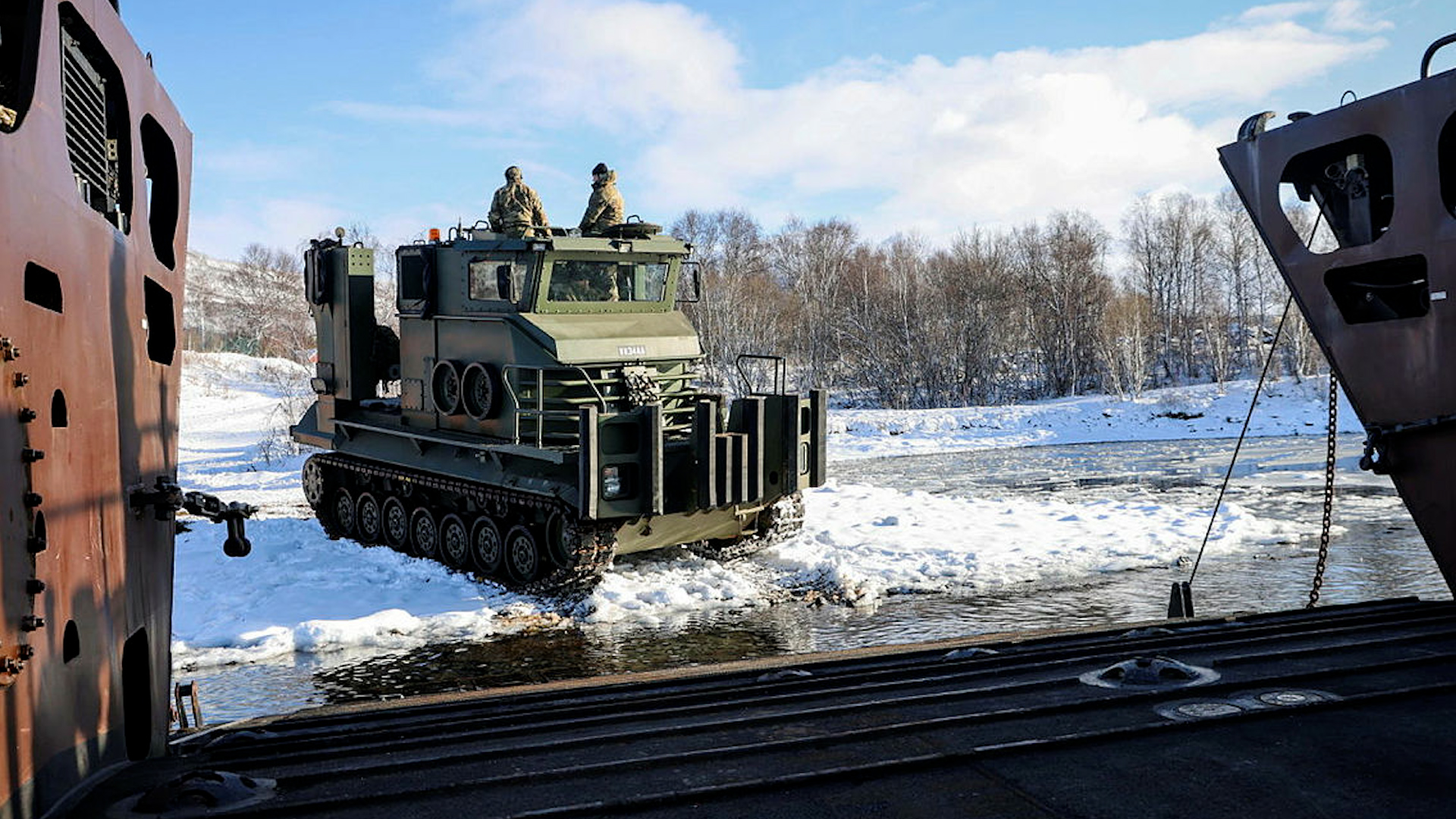
Hippo BRV (Beach Recovery Vehicle)
The vehicle is used for hauling boats and other vehicles up or down a beach, as needed.
A hefty vehicle weighing 50 tonnes, the Hippo is impressive for being able to haul other vehicles up to its own weight or push a landing craft off the beach that weighs up to 240 tonnes and it can operate in almost three metres of water.
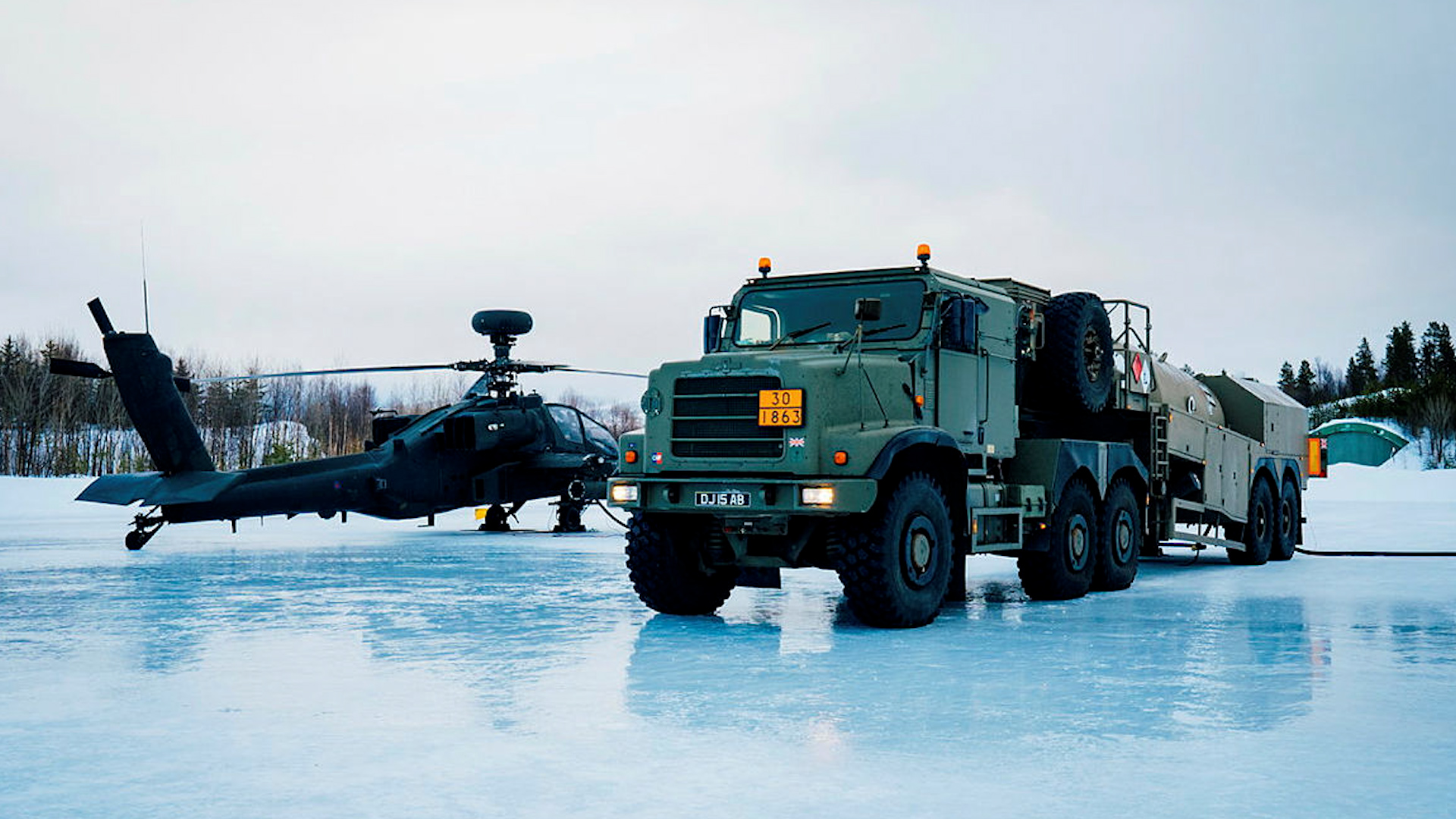
Oshkosh Tactical Air Refueller (Wheeled Tanker)
According to the British Army website, the Wheeled Tanker is a highly mobile vehicle deployed in the Logistic Support Regiments and Transport Regiments and it forms the backbone of the Army's bulk fuel and water transportation.
It can transport 20,000 litres of fuel or 18,000 litres of water.
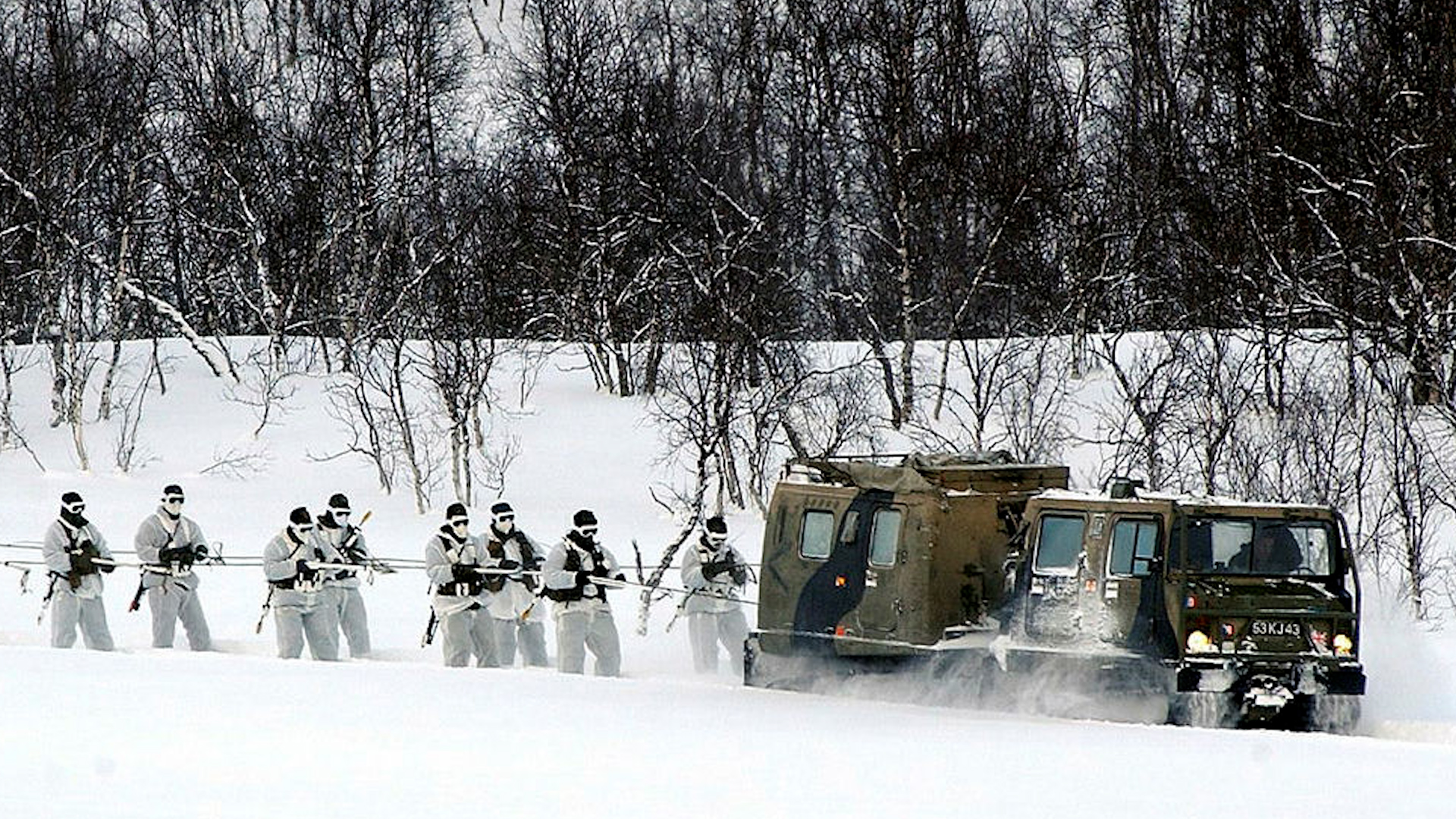
BV 206
Royal Marines use the BV 206 to provide tracked transport for resupply and troop movements.
The Marine's Viking is similar to the BV 206 but is a later model that is larger and fully amphibious.

105mm light gun
The light gun is designed and made by Howitzer and can fire high-explosive rounds up to 17.5km away.
High-explosive rounds weigh 16kgs, and the gun can fire a range of other ammunition including illumination rounds, which can turn night into day for advancing troops.

Coyote
The Coyote tactical support vehicle, (TSV) is based on a 6x6 derivative of the Jackal 2 and supports the go-anywhere, high-mobility Jackals across harsh terrain.
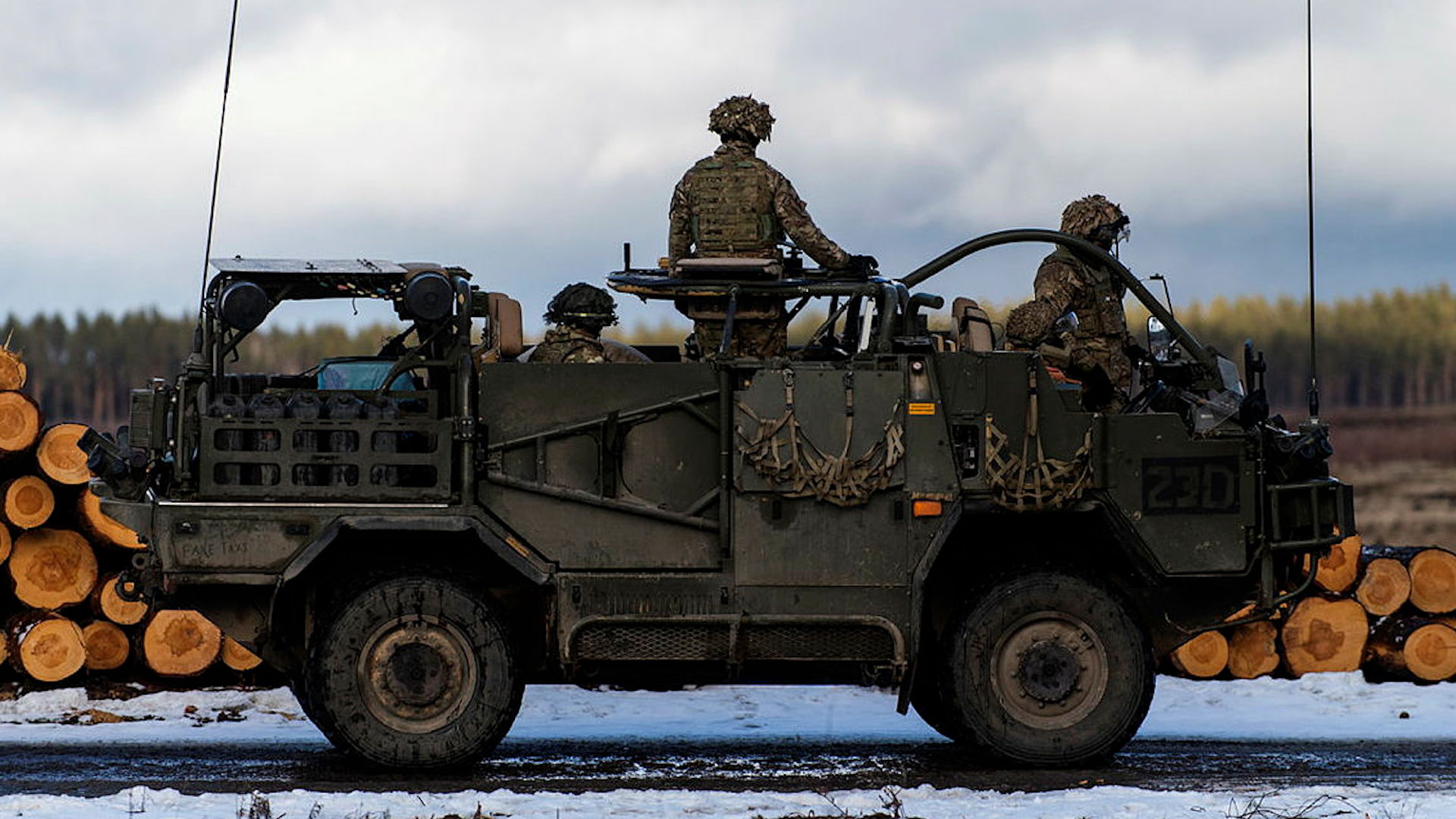
Jackal
Last year, the Princess of Wales got behind the wheel of a Jackal 2 – the British Army's high-mobility weapons platform – during a visit to 1st The Queen's Dragoon Guards.
The vehicle, which weighs seven tonnes and is usually armed with a 7.62mm General Purpose Machine Gun, is designed to protect troops from roadside explosions.
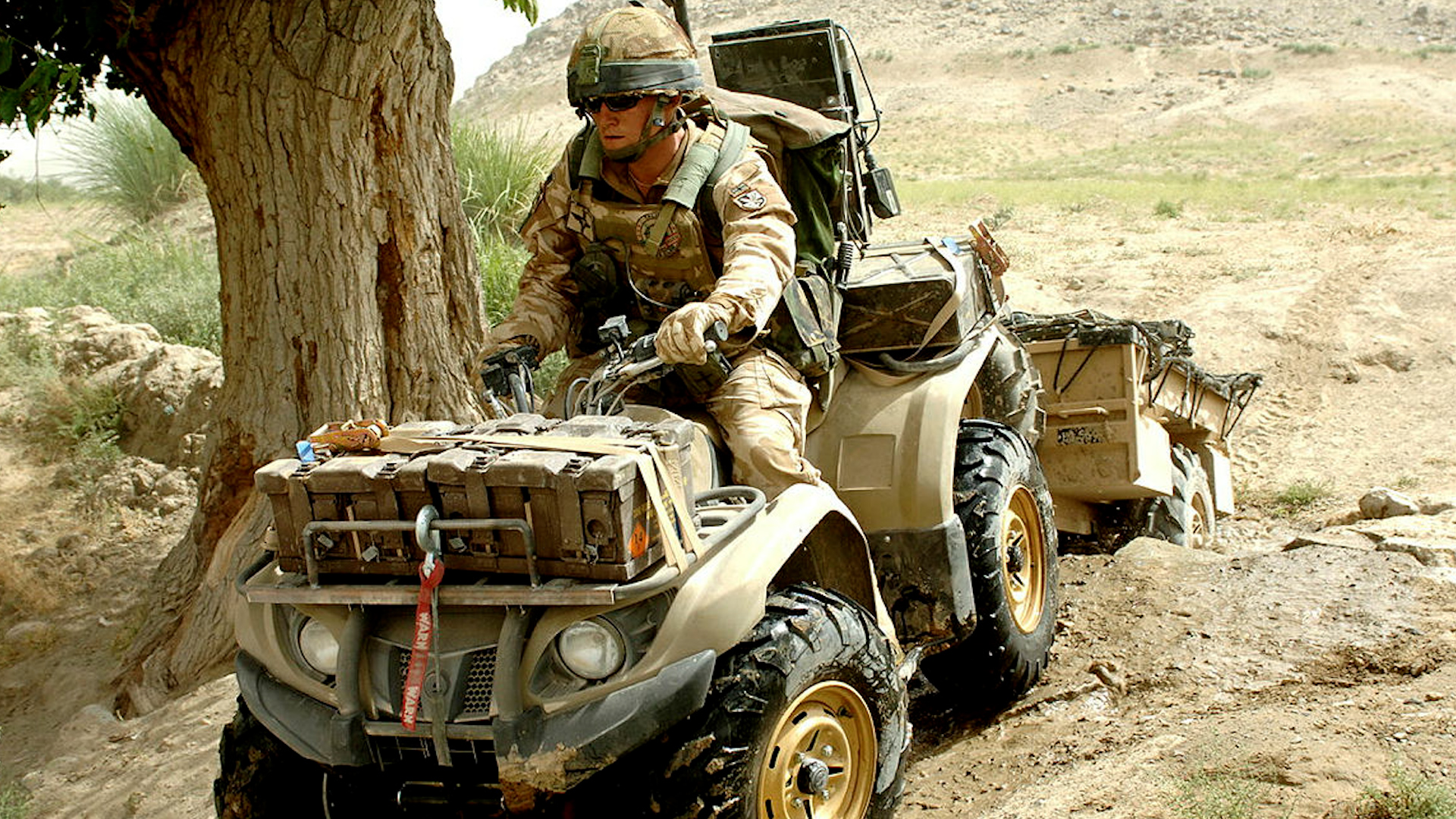
Quadbike
Quadbikes are widely used to distribute ammunition on the battlefield and can also be used to evacuate injured soldiers over short distances.
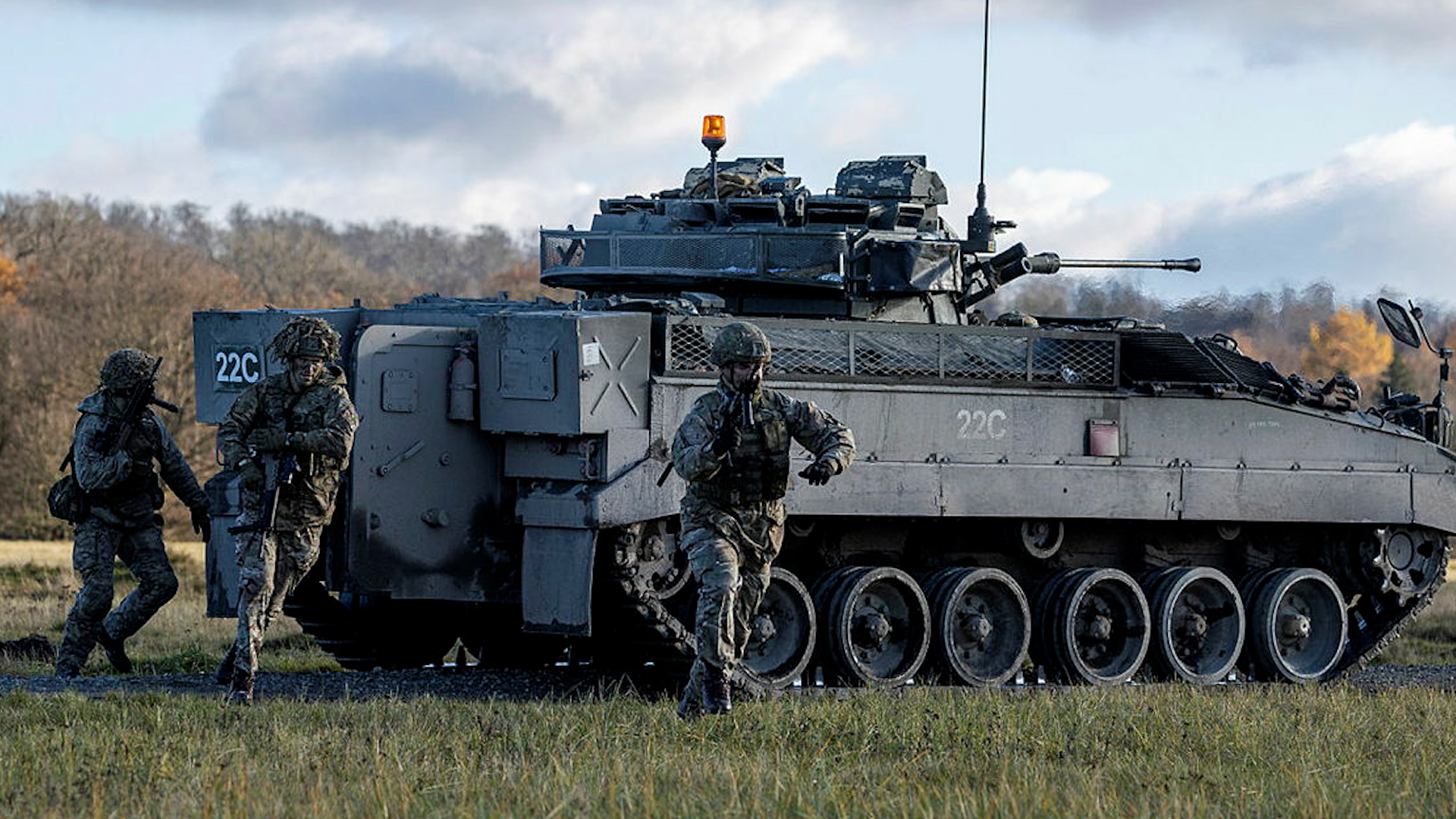
Warrior AFV
The armoured vehicle has been in service since the 1980s – seeing service in both Iraq wars, Bosnia, Kosovo and Afghanistan.

Challenger 2 tank
The 'Chally Two' is the British Army's main battle tank, weighs 62.5 tonnes (75 tonnes with up-armour and battle ready), and is being replaced by the Challenger 3 tank.
The Army's first pre-production Challenger 3 has been sent to Germany to be put through its paces after rolling off the production line in Telford, Shropshire.
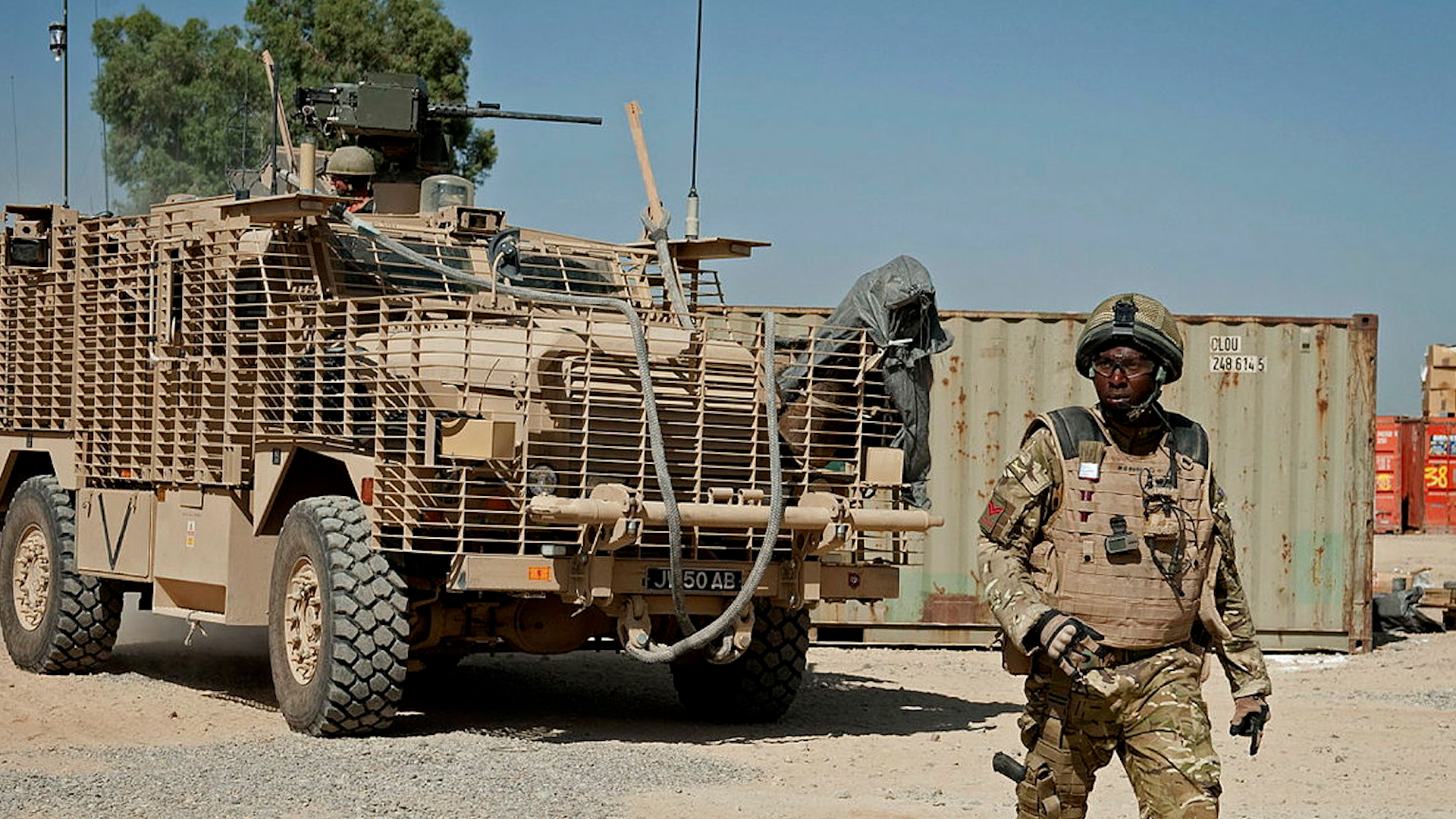
Ridgeback
The four-wheeled Ridgeback looks a lot like the Mastiff but slightly smaller, and it comes in three of its own variants: one for carrying troops, like the Mastiff, another allowing it to serve as a command vehicle, and a third battlefield ambulance variant.
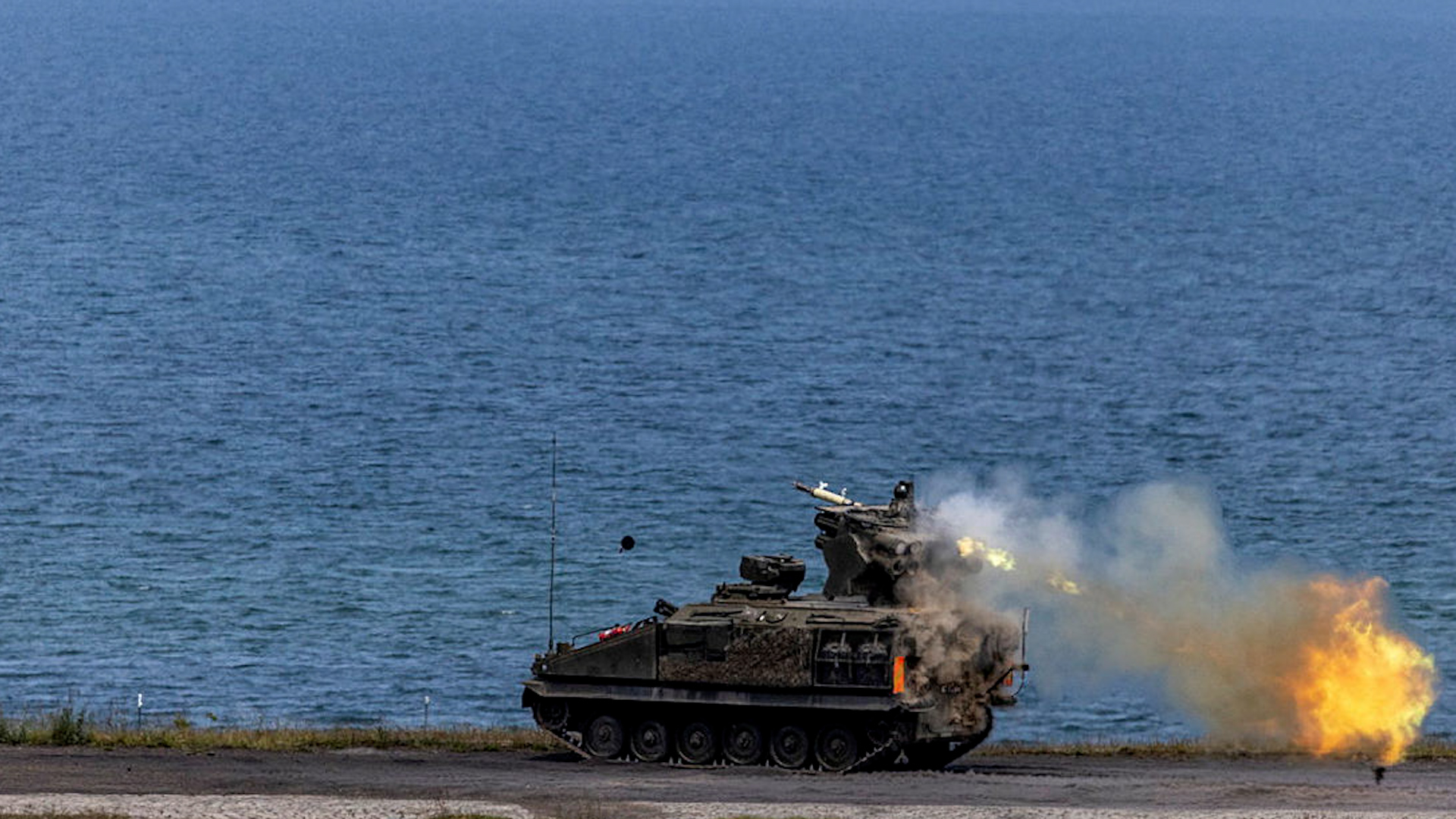
Stormer
Stormer is a mobile weapons platform and carries the Starstreak HVM (High Velocity Missile), an anti-aircraft missile launcher.

Wolfhound
Another vehicle very similar to the Mastiff is the Wolfhound, since it too is based on the Cougar MRAP and is also a six-wheeled, heavily armoured truck.
According to the MOD, it is also related to the Coyote and the Husky (despite being rather different in appearance) due to all three being TSVs (Tactical Support Vehicles).
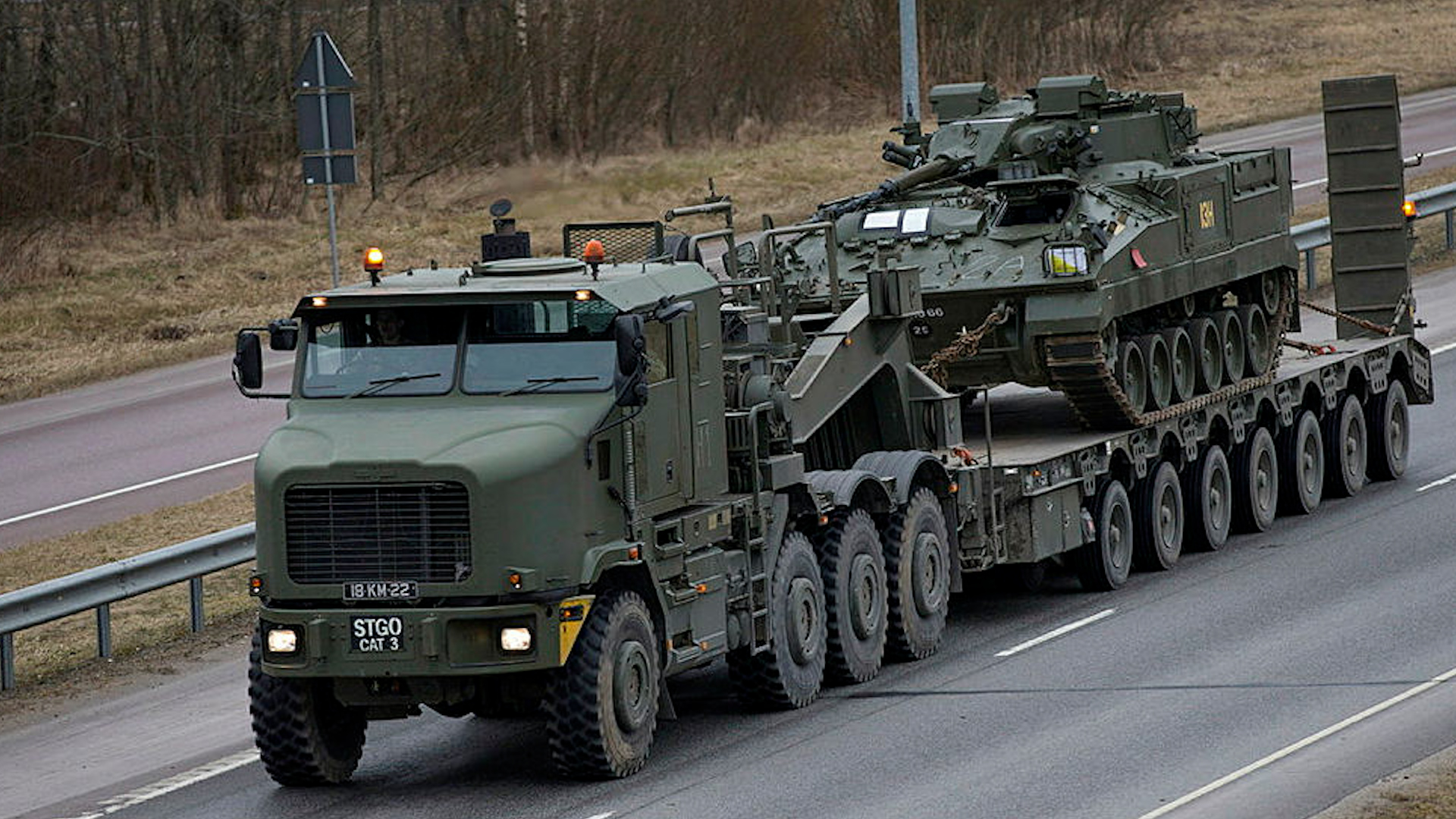
Heavy Equipment Transporter (HET)
For long-distance armour transportation, the British Army uses Heavy Equipment Transporters, which are also known as Oshkosh 1070Fs, and are capable of hauling 70-tonne battle tanks like the Challenger 2.
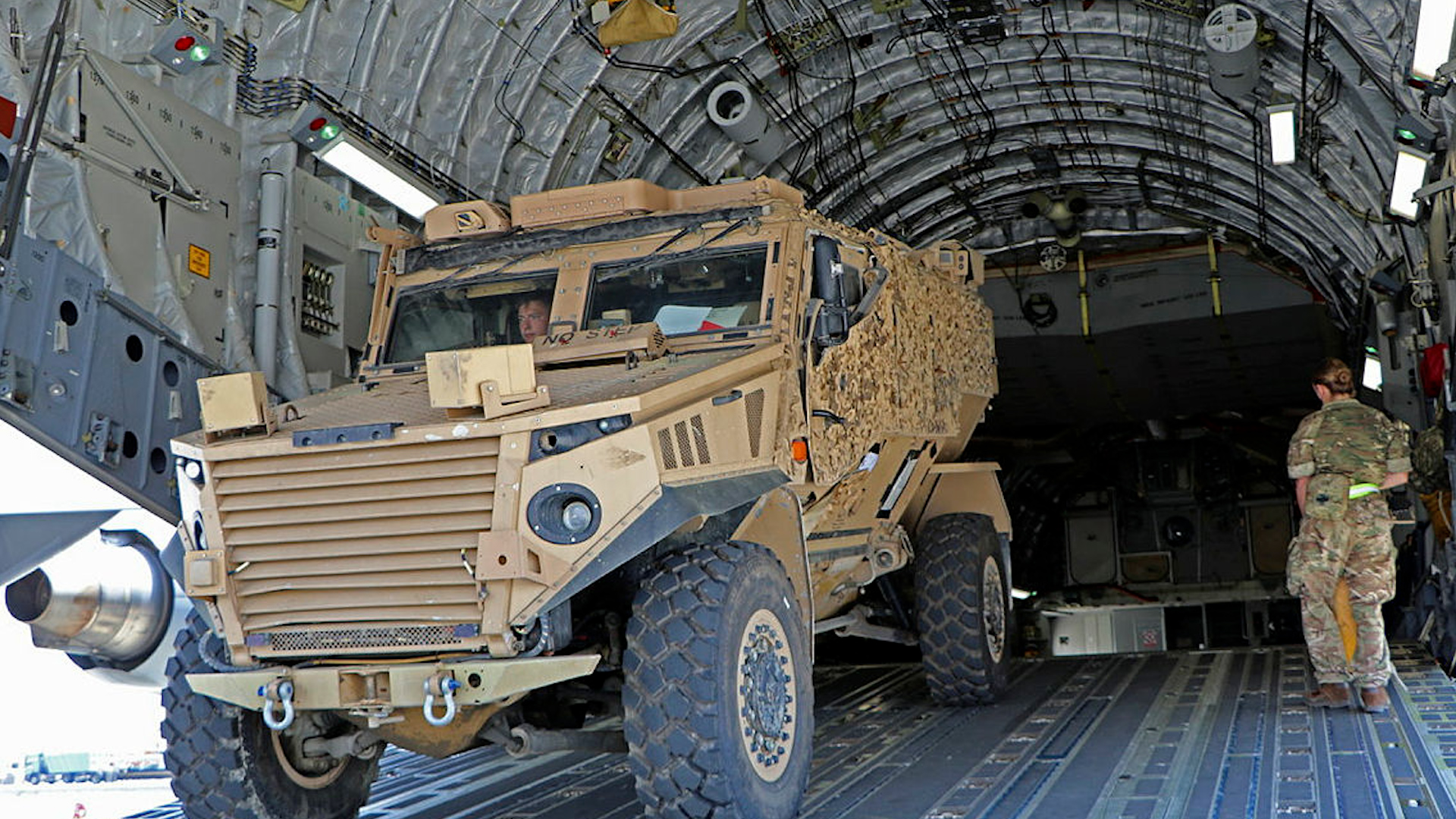
Foxhound
The Foxhound is similar to the Jackal in that it is a four-wheeled vehicle with protection against IEDs and resistance to mines, although its protection is in part a function of its unique V-shaped hull that deflects the force of any blast away from the vehicle.
Foxhound has an attached GPMG and can carry six – a crew of two as well as four passengers – within its rear pod.









